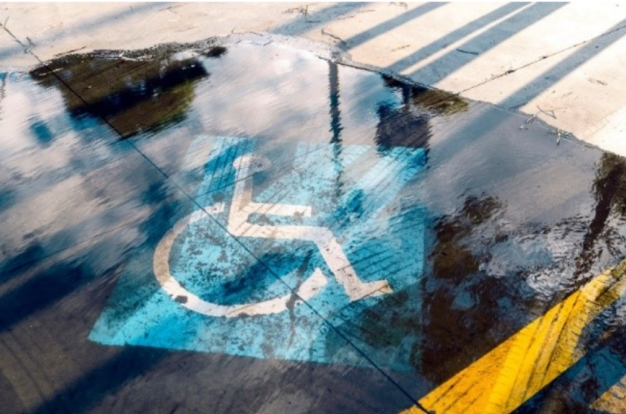Ratification of the Convention on the Rights of Persons with Disabilities (CRPD):
"Yes/No (Year of Ratification)"
- Yes (2012)
Law on persons with disabilities
Additional Laws and Policies relevant to Disability Inclusion
- National Disability Strategic Plan II (2019-2023)
- Policy of Inclusive Education 2018
- Inclusive Education Action Plan 2019-2023
- Sub-decree on Quota for Recruitment of Disabled Persons 2010
- Sub-Decree 291 on Identification of Poor Households 2011
- Sub-decree on Allowance for People with Disabilities at Community Level 2013
- National Action Plan to Prevent Violence Against Women 2019-2023
- Social Protection Policy Framework 2016-2025
Related World Bank Projects

Engaging Citizens to Improve Service Delivery Through Social Accountability - (P172630)
In Cambodia, the World Bank established a multi-donor trust fund with Switzerland, Germany, and Australia to implement a Social Accountability Program that could bridge the gap between the demand and supply sides of social accountability. This requires improving the ability of both citizens and the state to communicate and produce action plans that can identify why vulnerable people are excluded from institutions and services, and then find ways of amending the situation.
To reach the most vulbnerable groups, including persons with disabilities, the program recruits community volunteers to liaise between those who feel excluded from public services, and local administrations. Volunteers are local people with good interpersonal skills and an understanding of community issues. The volunteers then receive additional training to help them build trust and communicate with vulnerable groups effectively.
The volunteers then work with program staff on social mapping techniques to identify the vulnerable people in their target area. These techniques go beyond the statistical data available at local commune offices. The techniques involve meetings with local authorities and communities, who then define their own vulnerability based on their local understanding, using plain words such as type of house, level of income, ability to afford basic food. Based on their understanding, the communities identify the households that are considered vulnerable and marginalized in their commune. Having identified where vulnerable individuals are, the program staff and volunteers conduct door-to-door visits to talk to people and find out if they are excluded. This approach allows people to speak freely and share their personal issues safely. Often, reaching vulnerable individuals requires tremendous effort and dedication by the community volunteers, who travel substantial distances by motorcycle, boat, and on foot to find isolated cases.







